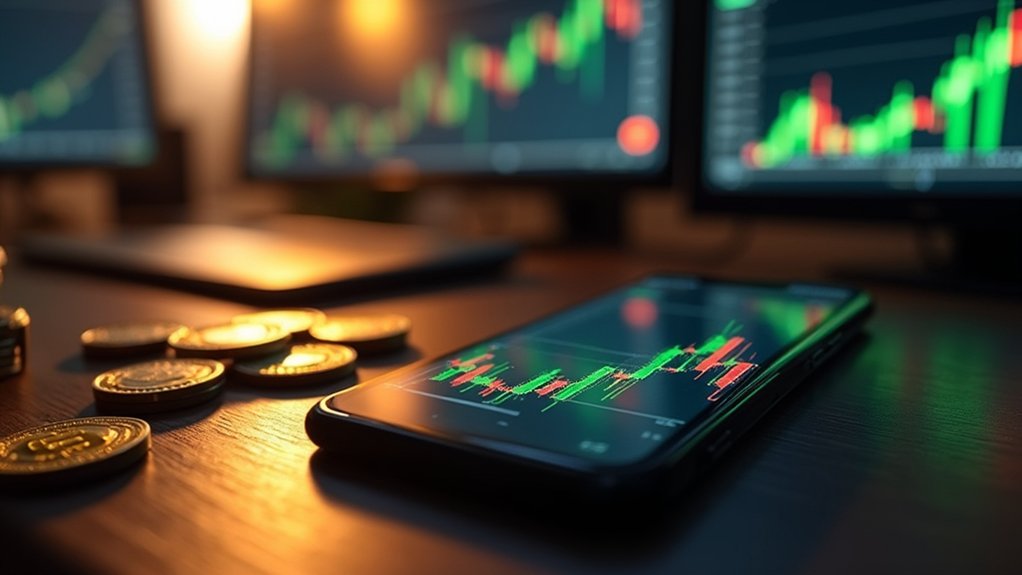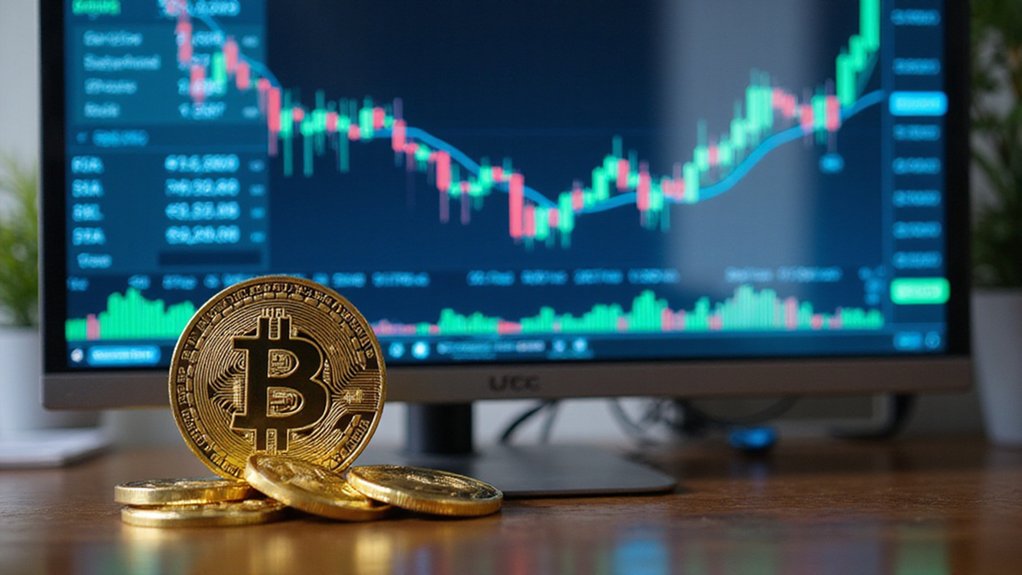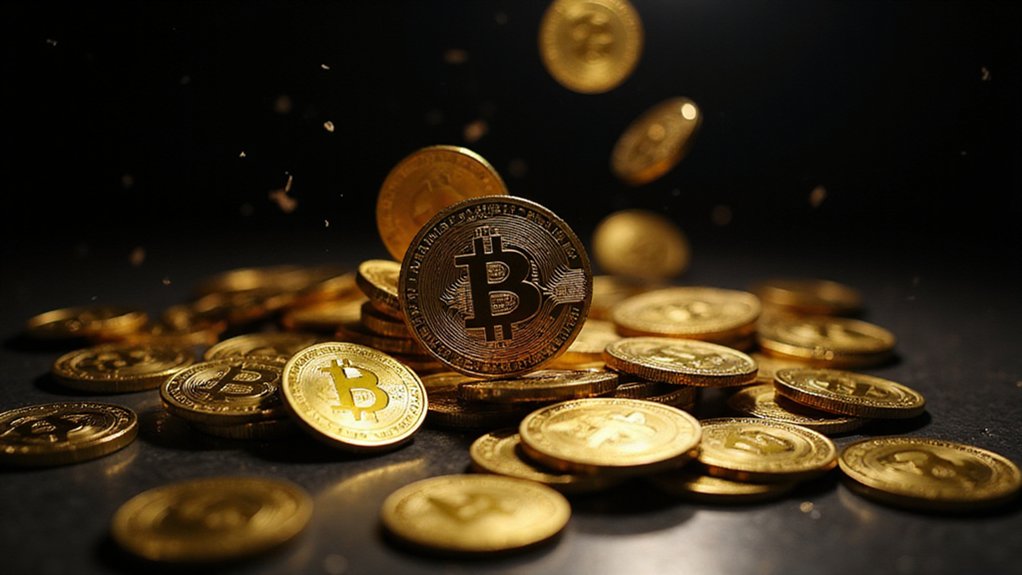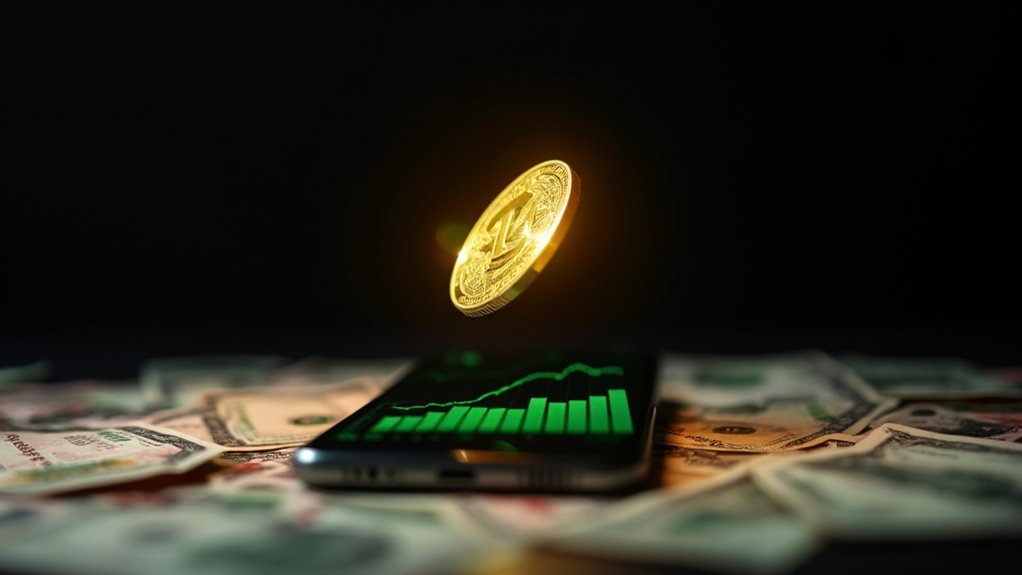Market orders function as cryptocurrency trading’s equivalent of financial immediacy—instructions that execute trades instantly at whatever prices the market currently offers, surrendering price control for guaranteed execution speed. Unlike limit orders that specify exact prices (and risk never filling), market orders prioritize certainty over precision, typically completing within seconds on liquid exchanges like those trading Bitcoin or Ethereum. However, this convenience carries the cost of slippage, particularly during volatile periods when rapid price movements can transform intended bargains into expensive lessons about timing. Understanding this fundamental trade-off between speed and control reveals deeper strategic considerations for traversing crypto’s notoriously unpredictable waters.
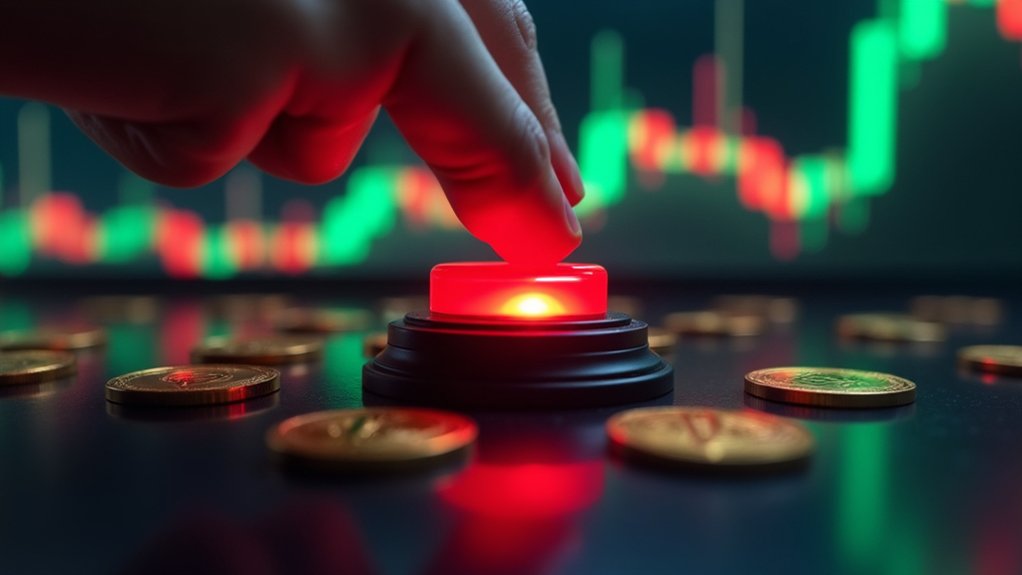
While seasoned traders debate the nuanced merits of various order types with the fervor typically reserved for philosophical discourse, the market order remains cryptocurrency’s equivalent of a financial fire alarm—simple, immediate, and occasionally regrettable.
A market order constitutes an instruction to buy or sell cryptocurrency immediately at the best available current market price, prioritizing execution speed over price control.
A market order: cryptocurrency’s equivalent of jumping first and checking the landing spot later—swift, certain, yet delightfully unpredictable.
The mechanism operates by matching orders with the closest available liquidity on an exchange’s order book—a process that typically completes within seconds on adequately liquid platforms.
When traders place market orders, they effectively surrender price discretion in exchange for guaranteed execution (assuming sufficient liquidity exists).
The execution mechanics reveal both elegance and peril.
In highly liquid markets featuring Bitcoin or Ethereum, market orders execute at prices closely reflecting recent trades due to tight bid-ask spreads.
However, in less liquid altcoin markets, traders may encounter the unwelcome surprise of partial fills across multiple price levels—a phenomenon that transforms what appeared to be a simple transaction into an inadvertent averaging strategy.
Market orders excel in specific scenarios: capitalizing on sudden price movements, executing rapid exits from deteriorating positions, or trading dominant cryptocurrencies where liquidity mitigates slippage risks.
Their simplicity particularly appeals to beginners who prefer straightforward outcomes over complex order mechanics.
Yet this convenience carries costs.
Slippage—the difference between expected and actual execution prices—can prove particularly vicious during volatile periods when prices move faster than human comprehension. Market orders in highly volatile markets become especially susceptible to significant price deviations due to the rapid pace of price changes between order placement and execution.
Traders attempting to “buy the dip” might discover their market order filled at multiple ascending price points, effectively purchasing a rising knife rather than a bargain.
The comparison with limit orders illuminates the fundamental trade-off: market orders guarantee execution but relinquish price control, while limit orders provide precise pricing but may never fill.
This distinction becomes vital during crypto’s notorious volatility surges, when the difference between order types can mean the difference between profit and bewilderment.
Professional traders often employ limit orders for exploiting small price changes and maintaining precise control over entry and exit points in cryptocurrency markets.
Understanding how market orders align with trading approaches becomes essential for developing coherent strategies that match individual risk tolerance and market objectives.
Market orders represent the financial equivalent of ripping off a bandage—quick, decisive, and occasionally more painful than anticipated, yet undeniably effective for traders prioritizing immediacy over precision in cryptocurrency’s perpetually caffeinated markets.
Frequently Asked Questions
What Are the Main Risks of Using Market Orders During High Volatility?
Market orders during volatile periods expose traders to severe slippage—executing at prices considerably worse than expected.
Thin liquidity amplifies this effect, as orders consume available depth rapidly.
Sentiment-driven price swings can transform modest positions into catastrophic losses within seconds.
Regulatory announcements frequently trigger cascading volatility spikes, while social media amplifies irrational movements.
Perhaps most perniciously, the absence of price protection means traders surrender control precisely when market conditions demand strategic precision over execution speed.
How Do Market Orders Differ From Limit Orders in Cryptocurrency Trading?
Market orders execute immediately at prevailing prices, prioritizing speed over precision, while limit orders execute only when markets reach predetermined price thresholds.
This fundamental distinction creates divergent risk profiles: market orders face slippage and volatility exposure (particularly acute during the crypto market’s characteristic price swings), whereas limit orders provide price protection but risk non-execution.
Market orders demand only quantity specifications; limit orders require strategic price-setting and expiration considerations—complexity that separates impulsive traders from methodical ones.
Can Market Orders Be Canceled Once Submitted to a Crypto Exchange?
Market orders typically cannot be manually canceled once submitted—their near-instantaneous execution (usually within seconds) renders user intervention practically impossible.
However, exchanges often implement automatic cancellation mechanisms: orders exceeding time windows (typically five seconds) or price movement thresholds (commonly 5% collars) are systematically canceled.
While traders sacrifice cancellation control for execution speed, these exchange-imposed safeguards provide essential protection against catastrophic slippage during volatile market conditions.
Do Market Orders Have Higher Fees Compared to Other Order Types?
Market orders typically incur higher fees than their limit order counterparts, functioning as “taker” orders that remove liquidity from the exchange’s order book.
While maker fees hover around 0.40% on platforms like Coinbase, taker fees climb to approximately 0.60%—a seemingly modest difference that compounds dramatically for active traders.
This fee structure incentivizes liquidity provision, though one might question whether a 0.20% premium truly reflects the urgency premium traders willingly pay.
What Happens if There’s Insufficient Liquidity When Placing a Market Order?
When insufficient liquidity meets a market order, traders encounter an unforgiving reality: partial fills at increasingly unfavorable prices, delayed execution, or outright cancellation.
The order chases available liquidity up (or down) the order book, creating substantial slippage—that delightful phenomenon where executed prices diverge dramatically from expectations.
Large orders particularly suffer, fragmenting across multiple price levels while widening bid-ask spreads, effectively penalizing the very urgency that prompted the market order initially.
